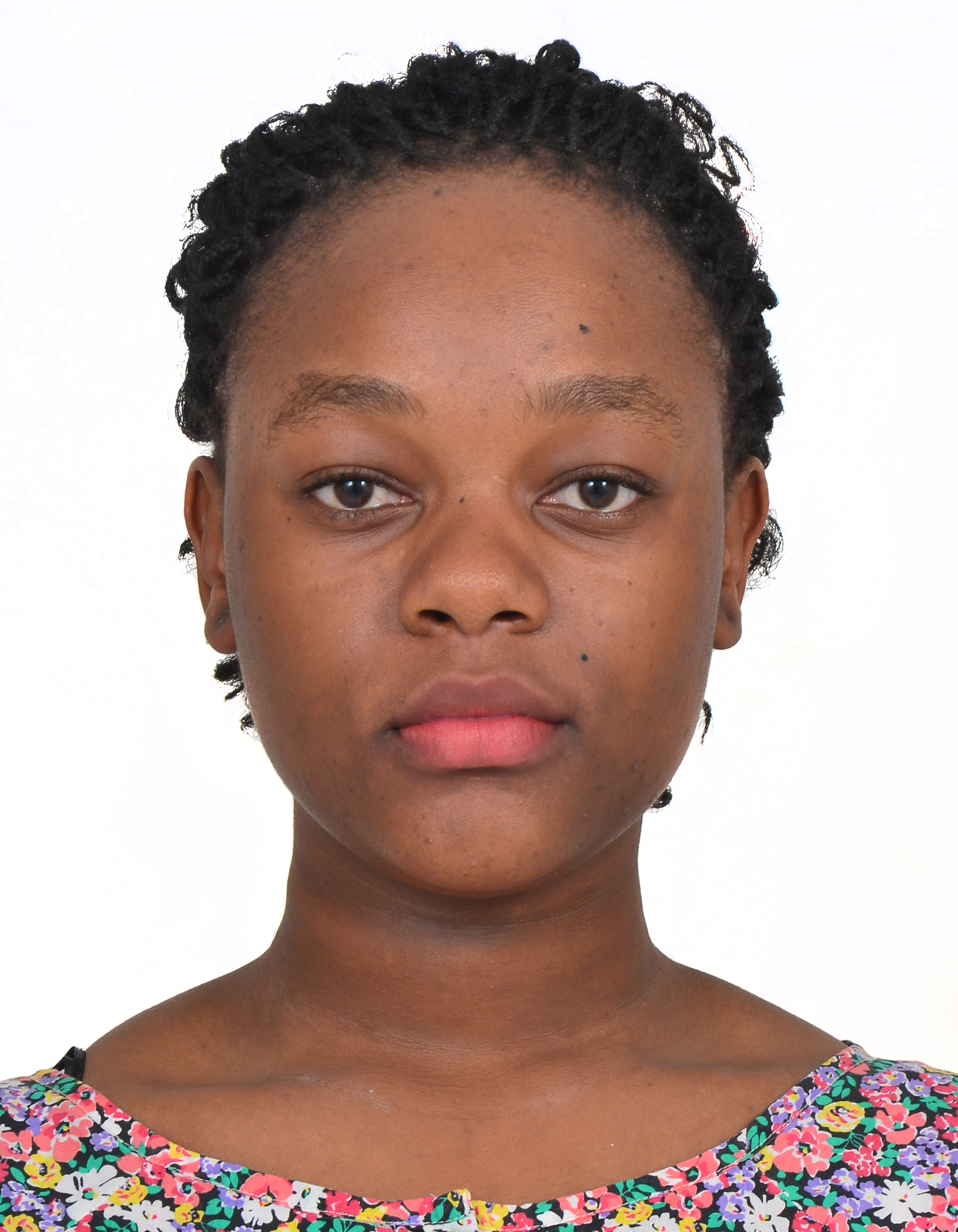Device Technologies and Biomedical Robotics
(H-314) Real World Validation of the Efficacy of a Placement Adaptable Fall and Near-Fall Detection Algorithm
Friday, October 13, 2023
3:30 PM - 4:30 PM PDT
Location: Exhibit Hall - Row H - Poster # 314

Rael Gumbe
Masters Student
UBC
Vancouver, British Columbia, Canada
Calvin Kuo
Assistant Professor
The University of British Columbia, United States
Presenting Author(s)
Co-Author(s)
Introduction:: Falls are one of the most common mechanisms of injury, with 1 out of 5 falls resulting in a serious injury for older adults >65 years old [1]. Future risk of fall is best indicated by prior history of falls, but a history of near-falls, defined as “a stumble or loss of balance that would result in a fall if sufficient recovery mechanisms were not activated” [2][3], has also proven to be an indicator for future fall risk[4]. To assess the history of falls and near-falls, we previously developed a wearable fall and near-fall monitoring system (FNMS) to track when and where they occur. The system consists of a wearable IMU sensor and a support vector machine learning algorithm to distinguish between activities of daily living (ADLs), near-falls, and falls. What is unique about our FNMS system is that while others are trained solely for a specific sensor placement, our algorithm is trained to be adaptable to sensor placement. This allows our system to account for user preferences and user errors when using the sensor in real-world environments. However, the real-world performance and robustness of our FNMS are dependent on the availability of a testing dataset. Therefore, an expansive dataset collected from people in real-world environments is needed to help validate the algorithms and sensing technologies of the FNMS. Thus, this study aims to provide real-word validation of our wearable FNMS using a larger and diverse population to quantify its efficacy in classifying real-world events.
Materials and Methods:: To assess the real-world efficacy of the wearable FNMS and the utility of our algorithm, we pilot-deployed the inertial measurement unit sensor to one participant (female, age 25 - recruited under ethics protocol H21-00535) performing everyday activities in their daily life. The participant wore the sensor on the lateral side of their left thigh and was instructed to report (via text message) to researchers their current location, start and end time of activity they were participating in, and any experienced near-falls and falls events.
Data was collected from our participant over five data collection periods, which consisted of everyday activities such as walking, exercising (running and jumping jacks) and riding the bus. Collected data was then passed through four previously-trained fall and near-fall algorithms. Three algorithms were trained according to a specific sensor placement (mirroring previous literature) on the right thigh, left thigh, and back. Our final novel algorithm was trained using data from all locations, creating a placement adaptable classification algorithm. We then characterized the specificity (true negative rate with negative defined as an ADL classification) of the four machine learning algorithms on real-world data.
Results, Conclusions, and Discussions:: Over the five trials, we collected 55 minutes of data. In that time, the participant experienced one near-fall event while walking on a road outdoors, which was not detected by any algorithm. The left thigh algorithm had an average specificity of 100% over the five trials, as expected since the participant wore the sensor on the left thigh. The right thigh had an average specificity of 99.5% over the five trials, which is also expected since laboratory validation suggested that the algorithms trained on the left and right thigh worked well when predicting ADLs, near-falls, and falls on the opposite thigh placement. The back algorithm had the lowest average specificity at 27.0% over the five trials. This is important, since many fall detection algorithms are trained for a particular sensor placement (the back being one of the more common locations), and if placed incorrectly (i.e. on the left thigh), our real-world validation suggests that the utility of these types of algorithms is greatly diminished. Finally, our placement adaptable algorithm had an average specificity of 86.6% over the five trials, suggesting that the incorporation of data from all sensor placement locations retains good performance. Notably, the placement adaptable sensor was worse in classifying trail walking tasks, which were not explored in our laboratory validation.
Wearable fall and near-fall detection sensors are becoming more popular, but require real-world validations in order to ensure their efficacy. In our work, we have demonstrated that fall detection algorithms are sensitive to the placement of the wearable device, particularly if the detection algorithm was trained on data that did not include the particular placement (e.g. sensor placed on the left thigh with an algorithm trained on the back). This is critical, as users in real-world settings are not guaranteed to use sensors as intended, particularly if they require difficult placements (such as on the back), which can affect data quality. Placement adaptable algorithms trained on data from multiple locations can provide greater flexibility and robustness to user placement.
Acknowledgements (Optional): : I would like to that my supervisor, Dr Calvin Kuo for your guidance with my project.
References (Optional): :
Materials and Methods:: To assess the real-world efficacy of the wearable FNMS and the utility of our algorithm, we pilot-deployed the inertial measurement unit sensor to one participant (female, age 25 - recruited under ethics protocol H21-00535) performing everyday activities in their daily life. The participant wore the sensor on the lateral side of their left thigh and was instructed to report (via text message) to researchers their current location, start and end time of activity they were participating in, and any experienced near-falls and falls events.
Data was collected from our participant over five data collection periods, which consisted of everyday activities such as walking, exercising (running and jumping jacks) and riding the bus. Collected data was then passed through four previously-trained fall and near-fall algorithms. Three algorithms were trained according to a specific sensor placement (mirroring previous literature) on the right thigh, left thigh, and back. Our final novel algorithm was trained using data from all locations, creating a placement adaptable classification algorithm. We then characterized the specificity (true negative rate with negative defined as an ADL classification) of the four machine learning algorithms on real-world data.
Results, Conclusions, and Discussions:: Over the five trials, we collected 55 minutes of data. In that time, the participant experienced one near-fall event while walking on a road outdoors, which was not detected by any algorithm. The left thigh algorithm had an average specificity of 100% over the five trials, as expected since the participant wore the sensor on the left thigh. The right thigh had an average specificity of 99.5% over the five trials, which is also expected since laboratory validation suggested that the algorithms trained on the left and right thigh worked well when predicting ADLs, near-falls, and falls on the opposite thigh placement. The back algorithm had the lowest average specificity at 27.0% over the five trials. This is important, since many fall detection algorithms are trained for a particular sensor placement (the back being one of the more common locations), and if placed incorrectly (i.e. on the left thigh), our real-world validation suggests that the utility of these types of algorithms is greatly diminished. Finally, our placement adaptable algorithm had an average specificity of 86.6% over the five trials, suggesting that the incorporation of data from all sensor placement locations retains good performance. Notably, the placement adaptable sensor was worse in classifying trail walking tasks, which were not explored in our laboratory validation.
Wearable fall and near-fall detection sensors are becoming more popular, but require real-world validations in order to ensure their efficacy. In our work, we have demonstrated that fall detection algorithms are sensitive to the placement of the wearable device, particularly if the detection algorithm was trained on data that did not include the particular placement (e.g. sensor placed on the left thigh with an algorithm trained on the back). This is critical, as users in real-world settings are not guaranteed to use sensors as intended, particularly if they require difficult placements (such as on the back), which can affect data quality. Placement adaptable algorithms trained on data from multiple locations can provide greater flexibility and robustness to user placement.
Acknowledgements (Optional): : I would like to that my supervisor, Dr Calvin Kuo for your guidance with my project.
References (Optional): :
Centers for Disease Control and Prevention. (2021, August 6). Facts about falls. Centers for Disease Control and Prevention. Retrieved April 30, 2023, from https://www.cdc.gov/falls/facts.html#:~:text=One%20out%20of%20five%20falls,bones%20or%20a%20head%20injury.&text=Each%20year%2C%203%20million%20older,emergency%20departments%20for%20fall%20injuries.&text=Over%20800%2C000%20patients%20a%20year,head%20injury%20or%20hip%20fracture
Michael, A. (2022). Adaptability and performance of a wearable fall and near-fall detection system (T). University of British Columbia. Retrieved from https://open.library.ubc.ca/collections/ubctheses/24/items/1.0417489
I. Maidan, T. Freedman, R. Tzemah, N. Giladi, A. Mirelman, and J. M. Hausdorff, “Introducing a new definition of a near fall: Intra-rater and inter-rater reliability,” Gait and Posture, vol. 39, no. 1, pp. 645–647, Jan. 2014, doi: 10.1016/j.gaitpost.2013.07.123.
J. Teno, D. Kiel, and V. Mor, “Multiple Stumbles: A Risk Factor for Falls in CommunityDwelling Elderly,” J Am Geriatr Soc, vol. 38, no. 12, pp. 1321–1325, Dec. 1990, doi: 10.1111/j.1532-5415.1990.tb03455.x.
